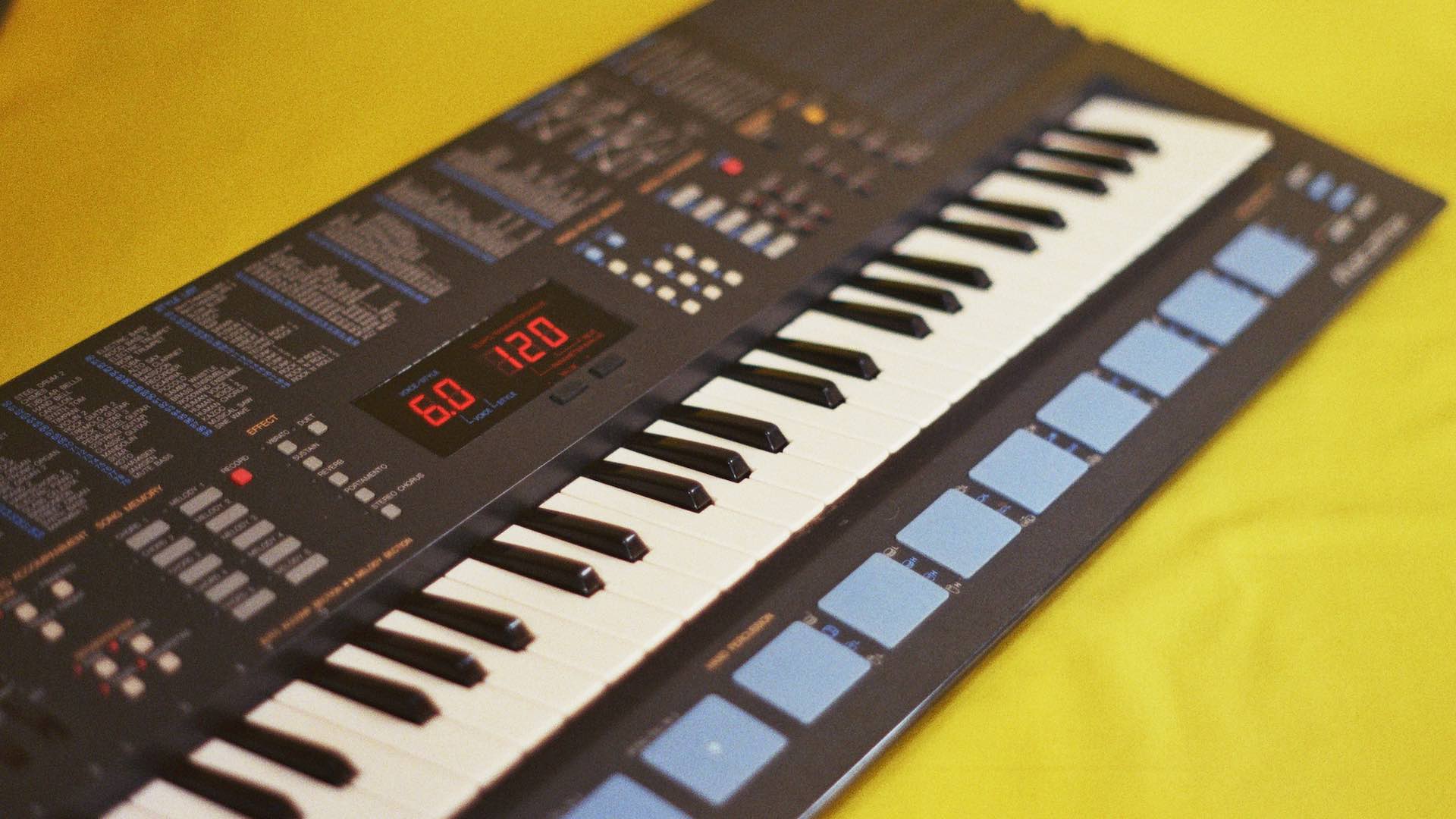SPLENDID LARRYO
Yamaha Portasound PSS-680 MusicStation (1988)
This series of keyboards has a 2 operator FM synth on board, which can be edited via the limited Digital Synthesizer parameters on the front panel. More than that, it also has Midi In, Out and Thru, which gives you the capability to link keyboards to each other and to other gear, as well as access even more parameters via MIDI SysEx messages.
This track is from the ALF album...
ROBOT COALITION
Yamaha Portasound PSS-780 MusicStation (1989)
The PSS-780 is almost identical to the PSS-680, aside from some different coloured pads and buttons, a few new rhythm patterns and a pointless re-numbering of all the voices, and it has the same sounds as the PSS-480 and 580, which were the next rung down in the product line. All sounds you hear in this track (other than the kick drum) come from the 780 and custom patches were made using a Ctrlr panel (a software editor that communicates between computer and keyboard via MIDI SysEx).
This track is from the Once album...
CUSTOM PATCHES
Download 41 patches that will work on all four related FM Portasounds: 480, 580, 680, and 780. You can transfer them to your Portasound using a MIDI cable and Martin Tarenskeen's excellent PSS-780 panel for Ctrlr (see bottom of this page for info).
ARCHITECTS OF MAGNETISM
Yamaha Portasound PSS-780 and PSS-580 MusicStation FM keyboards (1989)
SYNTH JAM
Live jam featuring Ian Bostic on drums and Alfonse on the Yamaha PSS-680 and Novation Bass Station ii.
THE HONEST MIX...
A few people had commented on the amount of FX I used in the mix for some of my early demo videos, so here is the honest mix of Splendid Larryo. The raw sounds from the keyboard were recorded into Logic and sequenced, with only a small touch of reverb to give some depth (too dry is no fun) and no other external FX used on the mix.
